Expert tips on how to grow a lemon tree – both indoors and out
Find out how to grow a lemon tree with our guide to citrus care and enjoy these fantastic aromatic plants in your plot
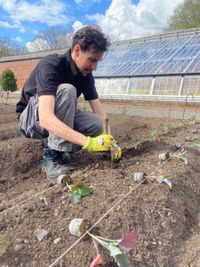
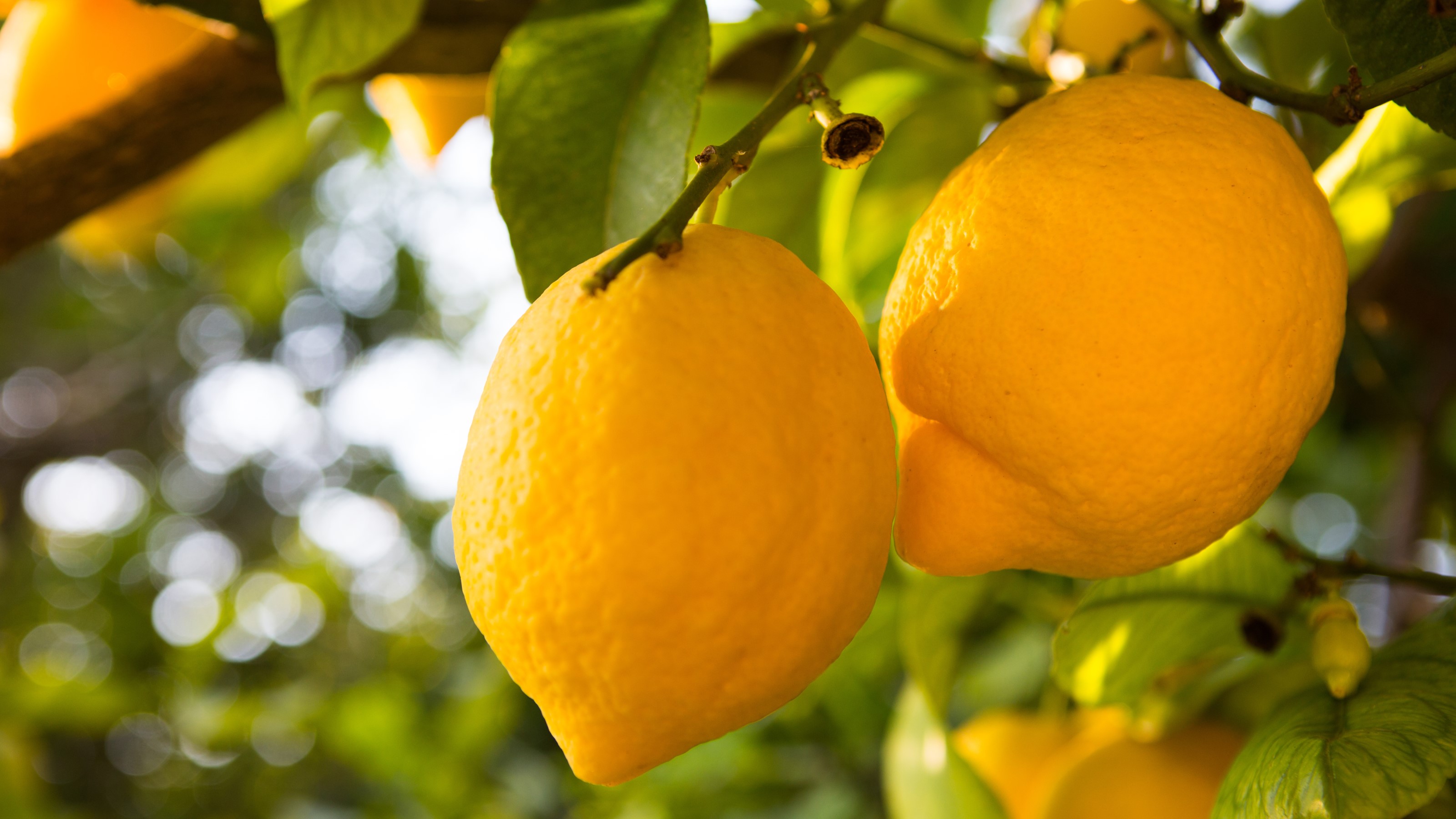
Learn how to grow a lemon tree at home and you can enjoy a juicy and fragrant slice of homegrown lemon in your gin and tonic, or other drink of choice. A fresh lemon picked straight off the tree will surpass those from a supermarket when it comes to any cooking, baking, teas, or lemonade.
A lemon is one of the best fruit trees to grow as they conjure up hazy summer memories of warm Mediterranean climates, boasting a beautifully perfumed blossom and tasty fruit. Indeed, citrus trees can flower and fruit year-round, so it is regular for them to have delicate white flowers showing while they are also carrying fruit.
Lemon trees do love sunshine and warmth, there is no hiding that fact. However, it does not mean that it is not possible to grow them in cooler climates. Even though best suited to warmer regions, lemon trees can successfully be grown in colder areas by utilizing pots and indoor growing spaces.
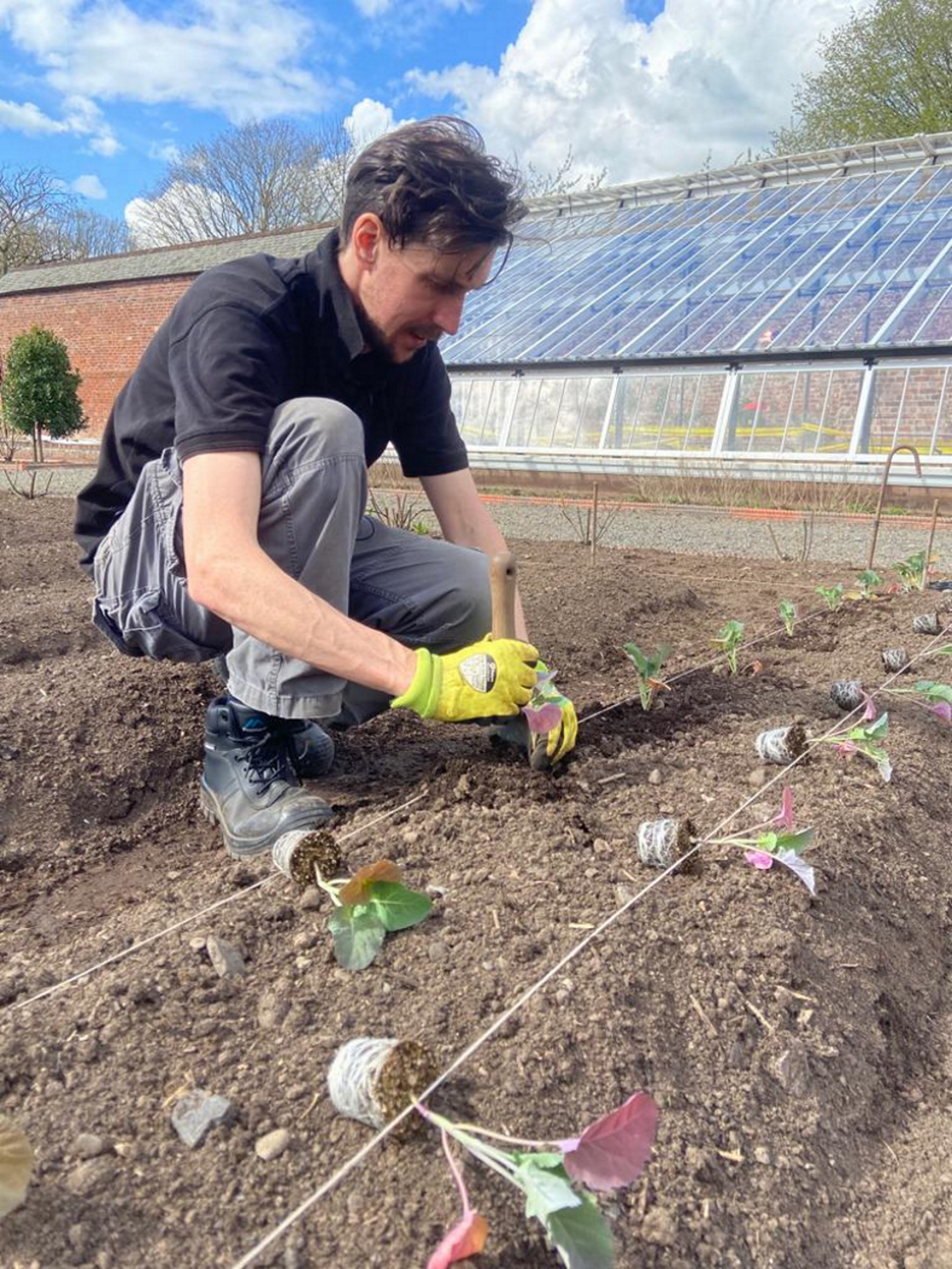
Drew is a former professional gardener with the National Trust in the UK and worked at the historic Hanbury Hall. The restored 18th Century gardens boast a large citrus collection and orangery. He helped maintain this extensive collection of trees – which included many lemon trees – year-round to keep them healthy and help create formal displays of citrus around the parterre and orangery – where the collection was housed for winter.
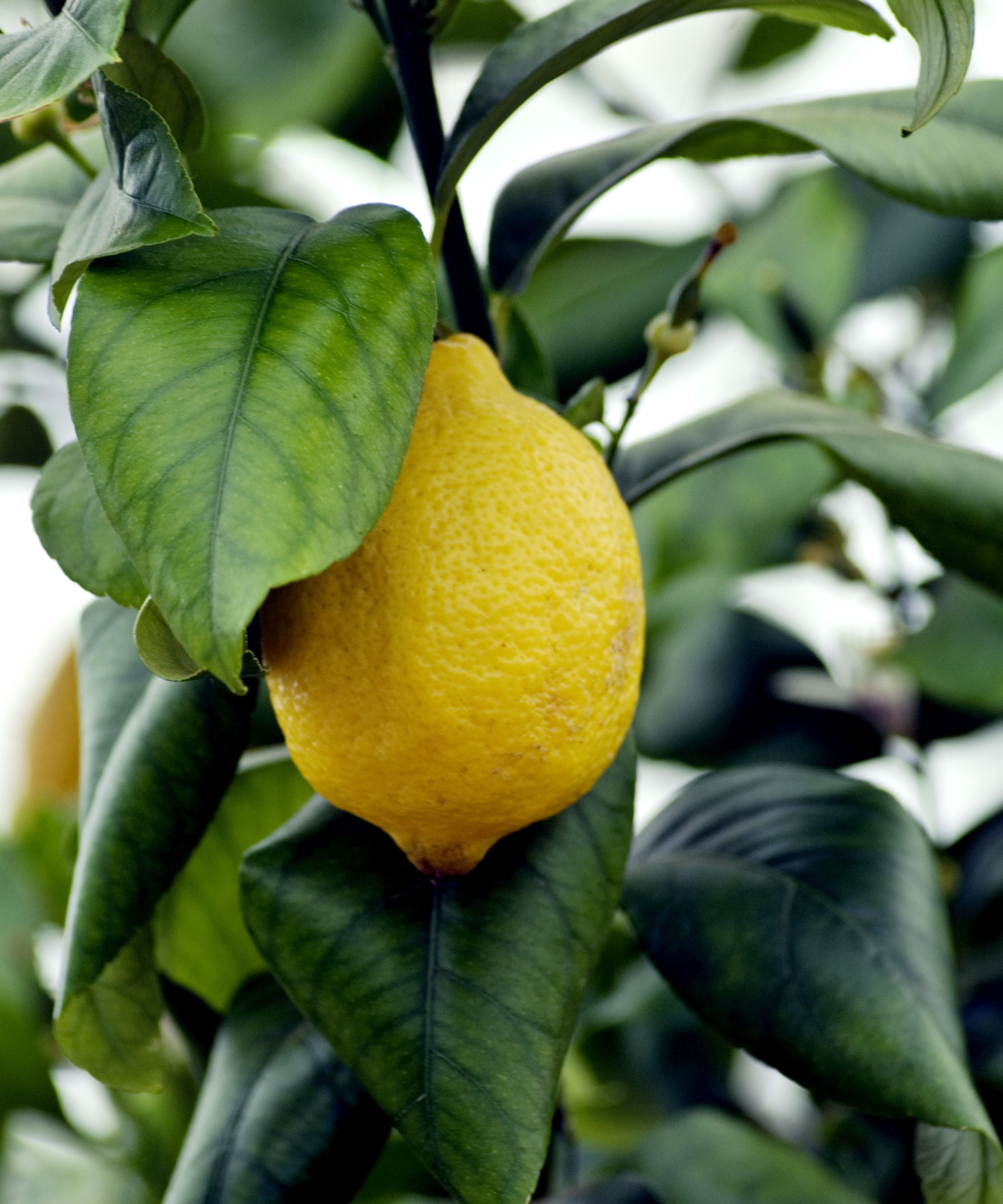
How to grow a lemon tree outdoors
Lemon trees will grow in tropical and subtropical regions. They are native to regions of southern Asia, Australia and the South Pacific, thriving in high temperatures and full sun to produce fruit. If you are wanting to grow lemon trees outdoors year-round, then you need to be in USDA Zones 9 to 11.
The perfect climate for growing lemon trees would see temperatures between 77˚F (25˚C) and 86˚F (30˚C). While those temperatures are a far-flung dream for many, if you can provide a constant temperature range of 70˚F (21˚C) during the day and 55˚F (12˚C) at night, that would still keep a lemon tree very happy.
To produce fruit, they need a long and warm growing season, able to bask in at least six months at a constantly balmy 68˚F (20˚C). With this in mind, they need to be planted in a sunny spot in the garden that gets at least 6-8 hours of sunlight a day.
It should come as no surprise that they also do not like the cold. The tree becomes dormant when the temperature gets below 55˚F (12˚C) and they do not cope with frosts. When the thermometer goes below freezing, the fruit is quickly killed and when it gets down past 26˚F (-3˚C), stems and leaves start to die.
Fortunately, lemon trees are more tolerant when it comes to soils. They will tolerate a wide range, their ideal being well-drained and slightly acidic. Loamy soil or sandy loam soil types work great. The key aspect is the drainage, as lemon trees do not like having their roots sitting in wet soil.
Whether growing these fruit trees in pots or in the ground, make sure you plant at the correct depth. Make a hole 1.5 times the root ball width and plant the tree at a depth just marginally higher than it was sitting in the pot you purchased it in. Give the tree a good topping of mulch to help retain moisture and add valuable nutrients to the soil.

How to grow a lemon tree indoors
Even if you don’t have a year-round tropical climate, that doesn't mean you need to forgo any ambitions of growing lemon trees. There are alternative avenues, such as growing indoors – the perfect solution for people living in a cool climate. Dwarfing varieties of lemon trees are ideal for this.
Lemon trees will still need a lot of light. If you can provide close to eight hours of sunlight a day, that is ideal. A conservatory or frost-free porch works great, or, consider placing the tree in front of south or southwest-facing windows. Artificial lighting can even be used for an extra boost. Make sure to keep the plant away from air conditioners or heating ducts. Extreme temperatures, both hot and cold, will cause stress to your indoor tree.
In late spring, when the outdoor temperatures increase after the last frosts have passed, open windows or vents to stop the plant from overheating indoors. You can also take your lemon tree outside and allow it to bask in the sun’s rays. If you do this, slowly acclimatize the plant to the outdoors, as the shock caused by going straight from indoors to full sun risks burning the leaves.
Keep the tree outside and enjoy the Mediterranean garden vibe it brings to your space until the temperatures start to drop below 50˚F (10˚C). That is the cue to bring it back inside for protection over the colder months.

When is the best time to plant a lemon tree?
The best time to plant an outdoor lemon tree is during spring, so the roots will grow in warmer soil. If you live in a warmer climate or are growing your lemon tree indoors, it is possible to plant at any time of the year.

What type of container should you use for a lemon tree?
Lemon trees are one of the best trees to grow in pots, both outdoors and indoors. If you are moving the plant indoors over winter and outside again during summer, growing it in a pot means it's easy to relocate it. The pot can also be placed in the sunniest spot in the garden and moved if required, offering a quick fix if the need arises to bring the tree inside in an unexpected cold spell.
Citrus trees don’t need very large pots; you ultimately need a container a minimum of 20in (50cm) wide. Ruth Hayes, Gardening Editor of Amateur Gardening, advises that the pots shouldn't be too large as the roots will suffocate in too much empty compost.
Use a straight-sided container, as a bowl-like one will trap the roots and make the plant harder to remove when it comes to repotting it, she adds.
When growing fruit in pots, you need good drainage, so make sure your pot has holes to allow excess water to drain away.
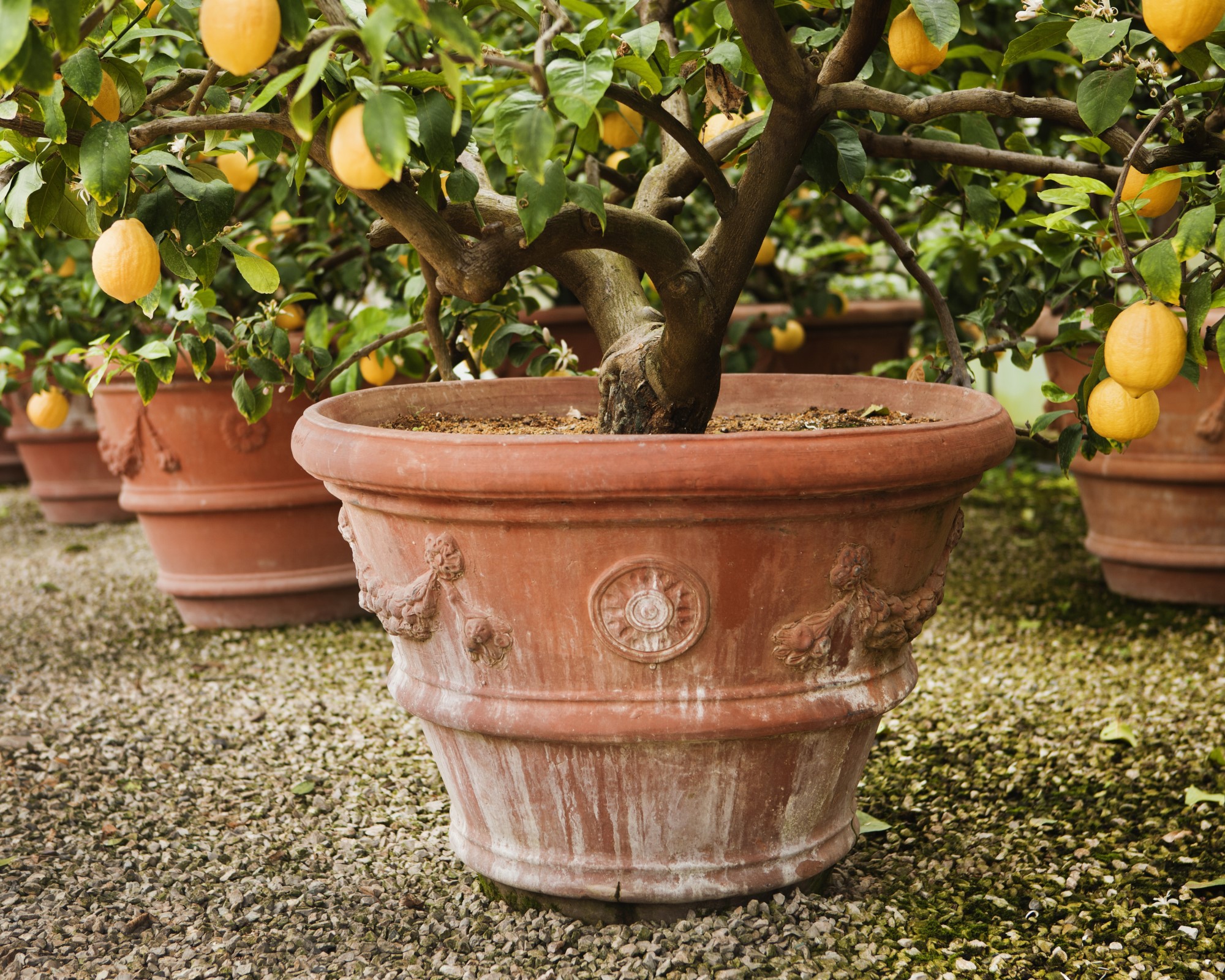
Lemon tree care tips
Correct watering is essential to growing happy lemon trees – they are very sensitive and don’t respond well to over-watering. The secret is to water only when the soil is very dry, which you can check by using your fingers to feel down inside the pot. Assessing the weight of the pot is another good way to check – if the pot is very light, then the soil will be very dry. The best advice is to water heavily until it runs from the drainage holes out of the pot.
Any watering regime for lemon trees will change throughout the year; it will be regular throughout the summer (likely at least once or twice a week) and become infrequent in winter months. You want to keep them almost dry in winter if you are in cooler regions – only properly start watering plants again once spring comes around.
Fertilize these plants year-round to keep them happy and producing fruit. This is mainly due to them flowering all year and tending to fruit in the winter months. In spring, they need a fortnightly feed with a specialist citrus food, such as Citrus Focus, available on Amazon. During the summer, this increases to a weekly feed. In fall and winter, it can be reduced to around once a month – a general-purpose liquid fertilizer can be used, although specific winter citrus feeds are also available.
The plants like a humid atmosphere – up to 50% humidity. You can help create this around the trees by misting the plants, damping down the floor if they are in a glasshouse, or standing plants on trays of moist gravel.
Citrus trees do not require much pruning. Learning how to prune a lemon tree is essential, but it is a simple process and primarily tends to be directed at keeping the tree reshaped and compact. The best time to prune is in spring.
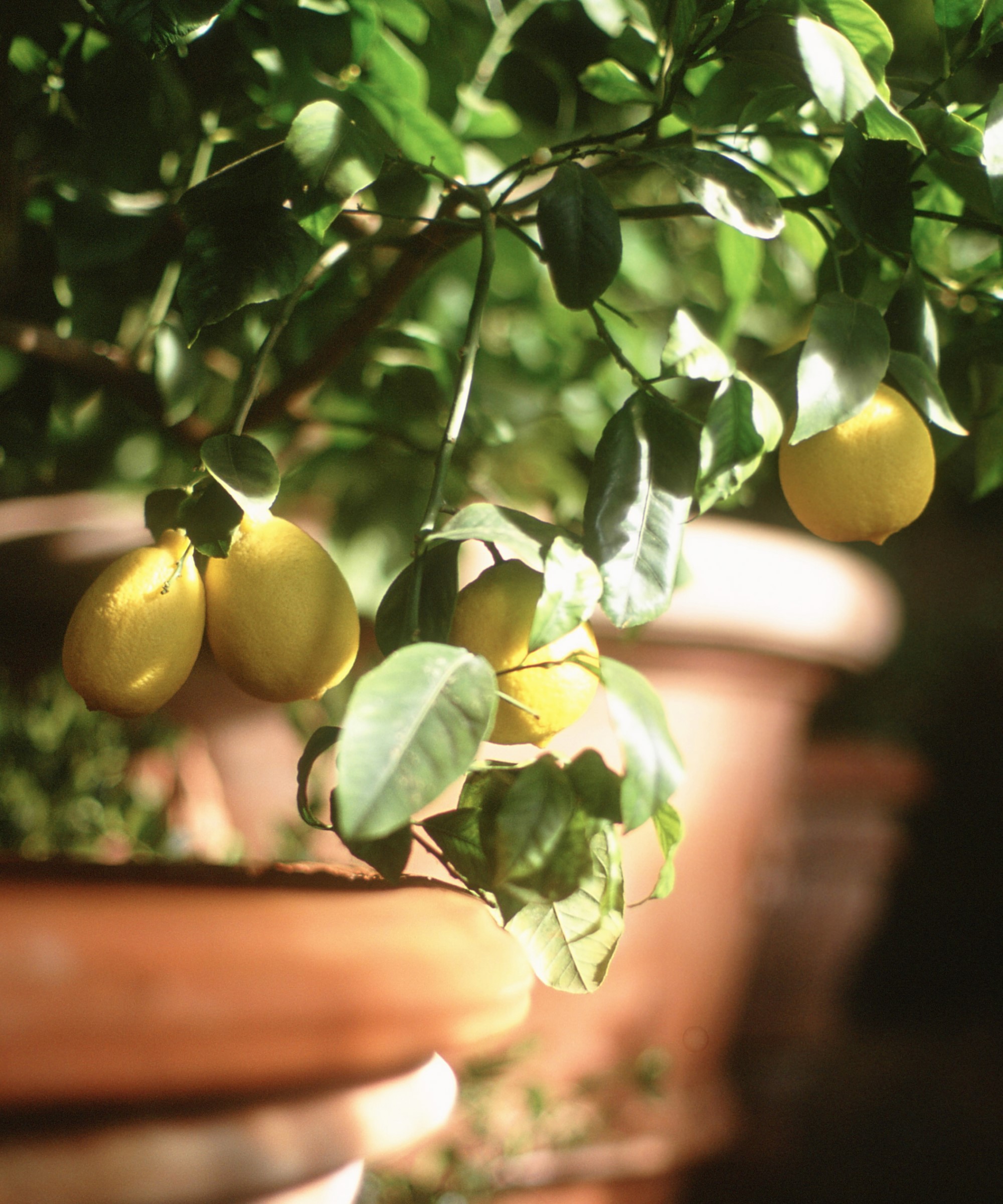
Lemon tree problems and how to solve them
A lot of problems with lemon trees can be attributed to incorrect watering and fertilizing. An example of this is yellow leaves – a common sight that can be a sign of nutrient deficiency or the tree sitting in soggy soil.
Graham Rice, a garden expert, warns that the most common pests are aphids, red spider mites, mealybugs and scale insects. Aphids cause problems feeding on new growth and can cause leaves to distort, and red spider mite is commonly an issue on trees in greenhouses and conservatories.
'You can usually tolerate minor problems without taking action, or you can squash small infestations with your fingers. Localized problems can also be dealt with by dipping cotton buds in insecticide for spot treatment,' he recommends.
'Choose non-persistent organic treatments that contain fatty acids, natural pyrethrum or plant oils. Spray where needed, not the whole plant.'
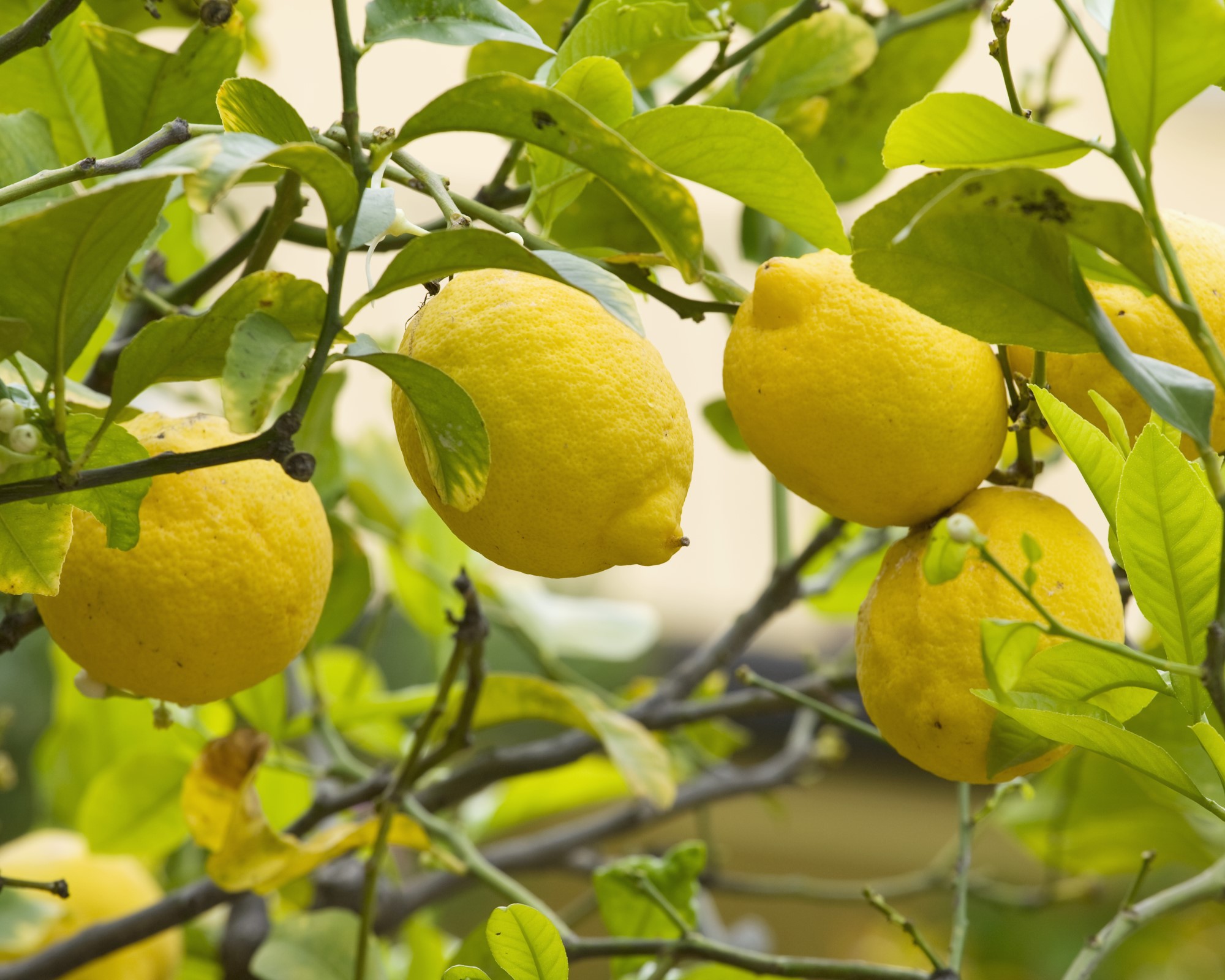
Can you grow a lemon tree from seed?
The answer is yes, you can grow a lemon tree from seed. However, bear in mind that it is a long process and the experts at Amateur Gardening warn 'you’ll need to be very patient.
'They will take up to 15 years to produce fruit; and even then, the results might not look or even taste the same as the fruits of the parents.'
To sow seeds, remove them from the pulp of a lemon and wash them, then plant them immediately. Take a pot filled with compost and sow the seeds 0.4in (1cm) deep. Cover the pot with a plastic bag to help create a humid atmosphere.
The seeds should germinate in 2-3 weeks in a warm spot of around 70˚F (21˚C). Pot the seedlings on when the first small roots are showing out of the bottom of the pot.
How long does a lemon tree take to grow?
If you are thinking about growing them for the first time, you might wonder, 'how long does it take for a lemon tree to grow?'. Well, lemon trees are very slow-growing and can take 10-15 years to reach their ultimate height when grown outdoors.
Nurseries or retailers tend to sell trees that are at least three years old, so you won’t have to wait years and years for the first fruit. Depending on the age of the tree you have, there may be a bit of a delay, however, as the first lemons will start being produced in year five of the tree’s life.
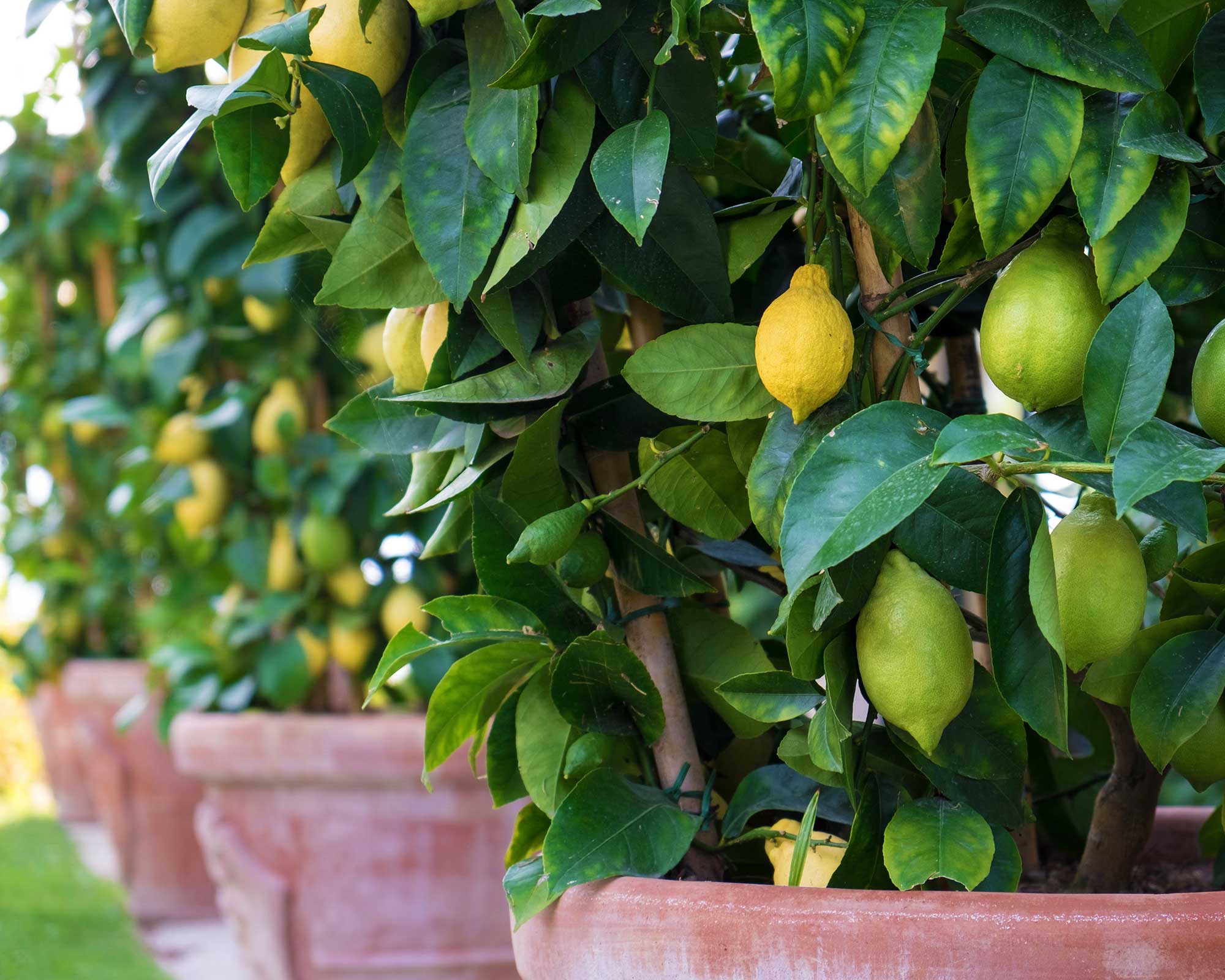
Where to buy lemon trees
Now you know how to grow a lemon tree, you may want one for your own plot. Our quicklinks will help you get started:
Shop lemon trees in the US:
Shop lemon trees in the UK:

Drew’s passion for gardening started with growing vegetables and salad in raised beds in a small urban terrace garden. He has gone on to work as a professional gardener in historic gardens across the UK and also specialise as a kitchen gardener growing vegetables, fruit, herbs, and cut flowers. That passion for growing extends to being an allotmenteer, garden blogger, and producing how-to gardening guides for websites.
